The dry and hot weather does not favor farmers, but it helps salt farmers - the people who mine salt near the Black Sea coast. Salt production is one of the oldest activities in Pomorie. The Pomorie salt pans has been existing since the 5th century BC. Salt was extracted from the Pomorie salt pans until 1951. A special railway line was built between Burgas and Pomorie to transport the salt.
Literally every fishing family in the town was involved in salt production until a century ago. They used the salt for preserving fish as well as for trade.
Due to the changes brought about by the Covid-19 pandemic, the last salt production company in Pomorie has ceased operations. Against the backdrop of rising electricity prices, salt production has become unprofitable. Currently, the only operational salt pans in the coastal town are part of the Salt Museum- Pomorie. It is part of the 100 National Tourist Sites of Bulgaria. The Pomorie Museum is the only specialized museum in Bulgaria and in Eastern Europe to produce salt through solar evaporation of sea water.
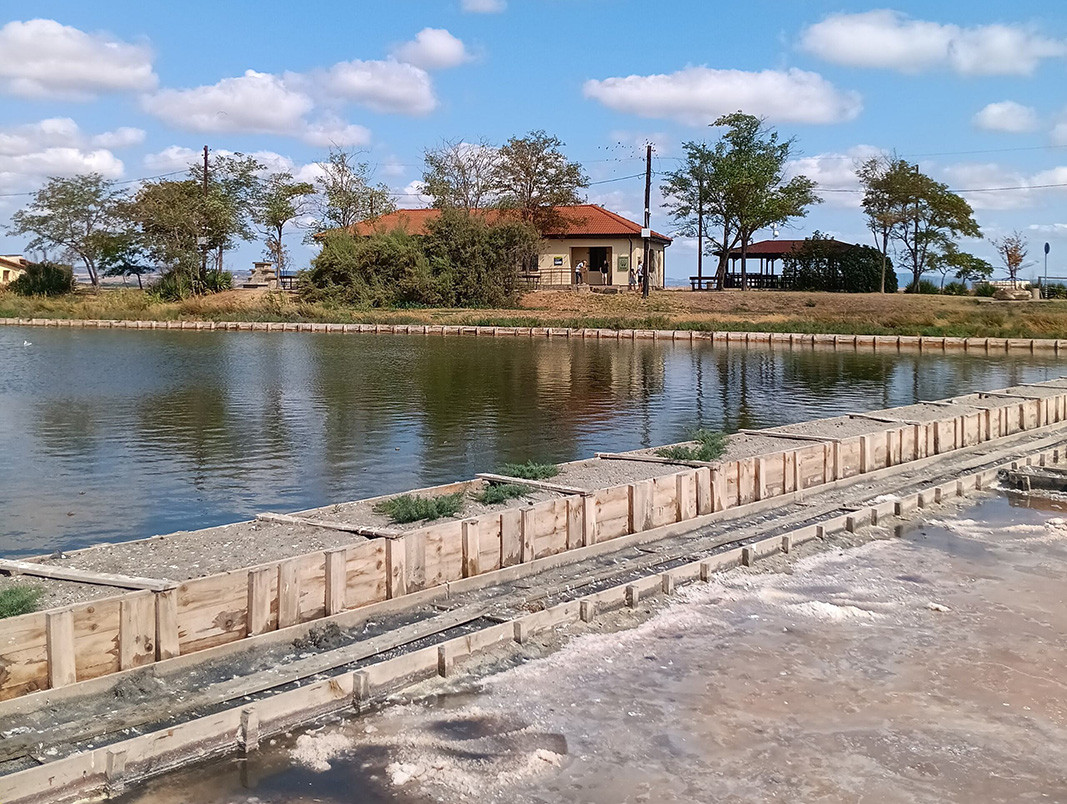
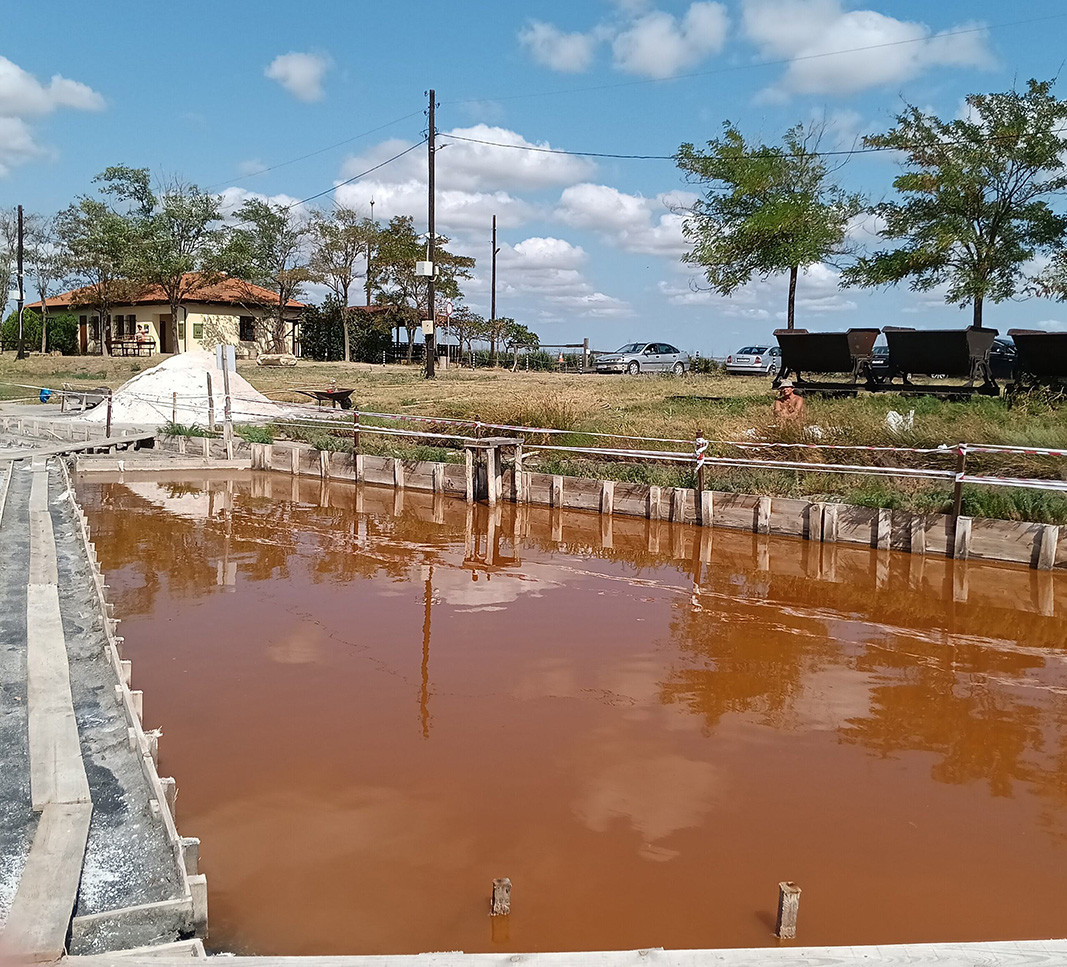

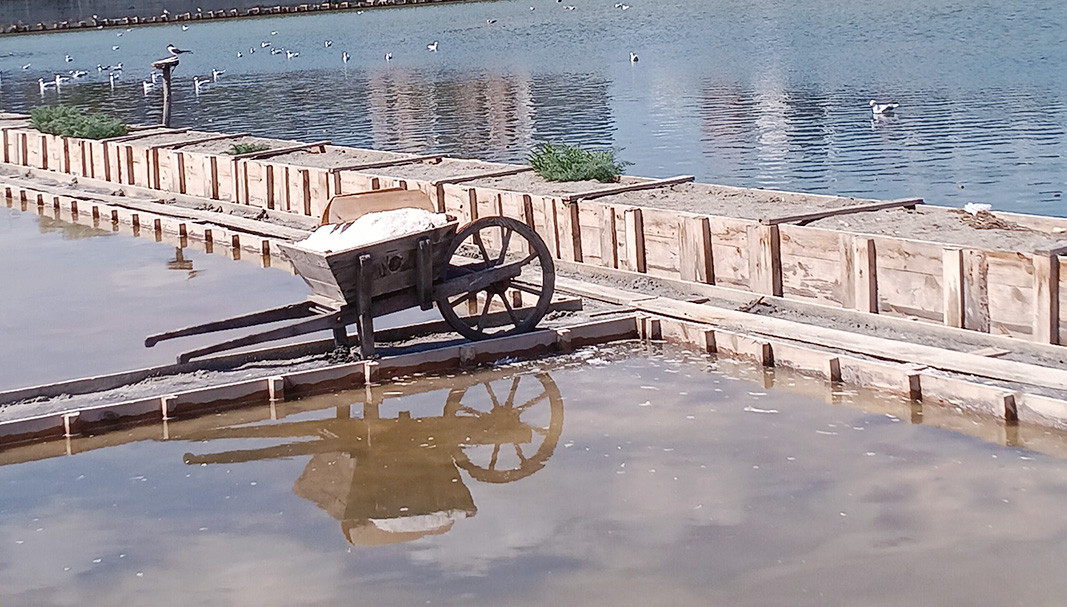
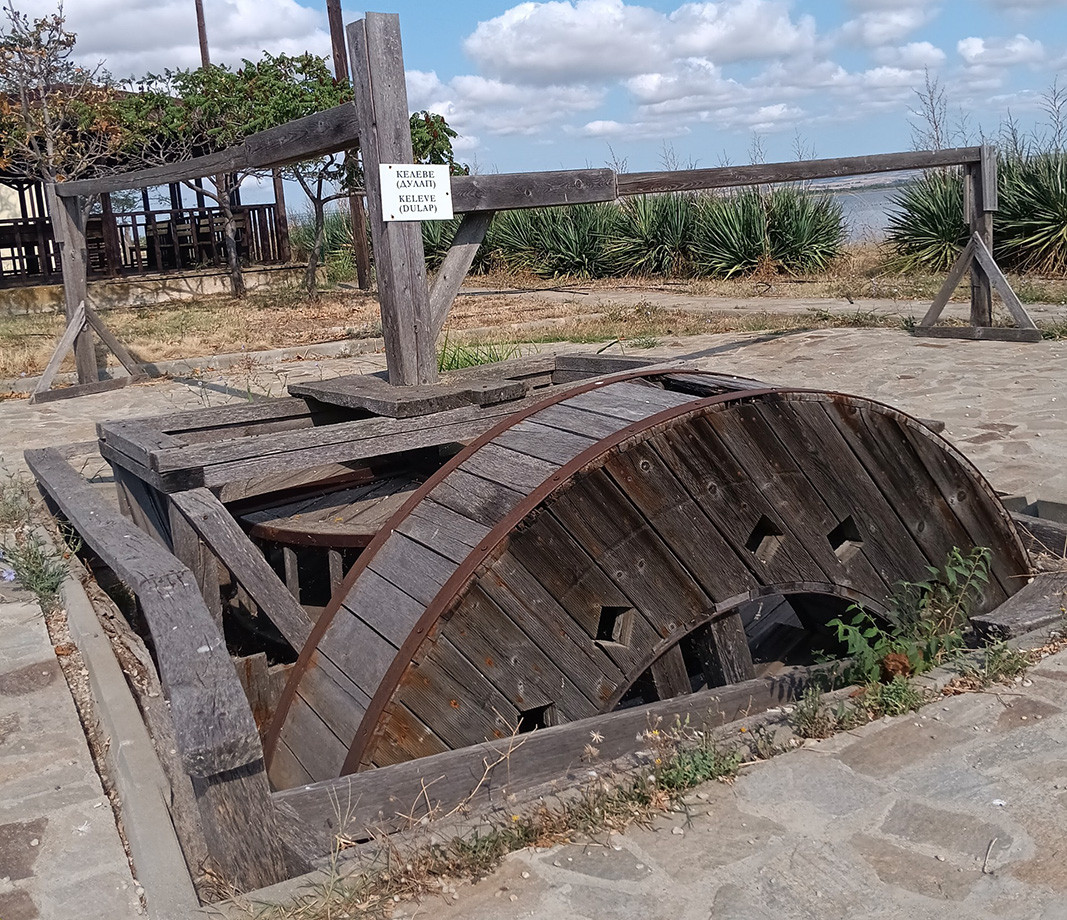
The best time for harvesting salt from the salt pans in Pomorie is during the hot summer days, when not a single drop of rain falls for a month, the museum’s director Iliya Kusev told visitors.
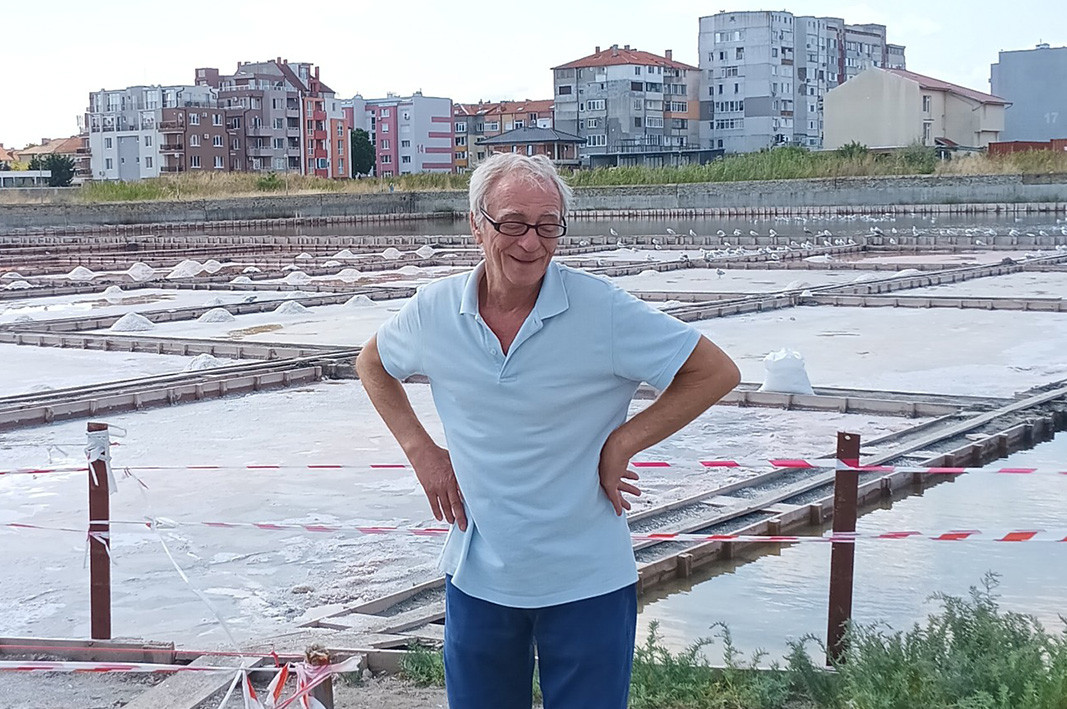
According to him, Pomorie has always produced the best salt on the Balkans, and possibly in Europe. This product has beneficial nutritional properties. Even the Turkish sultans ordered it to make their food more delicious.
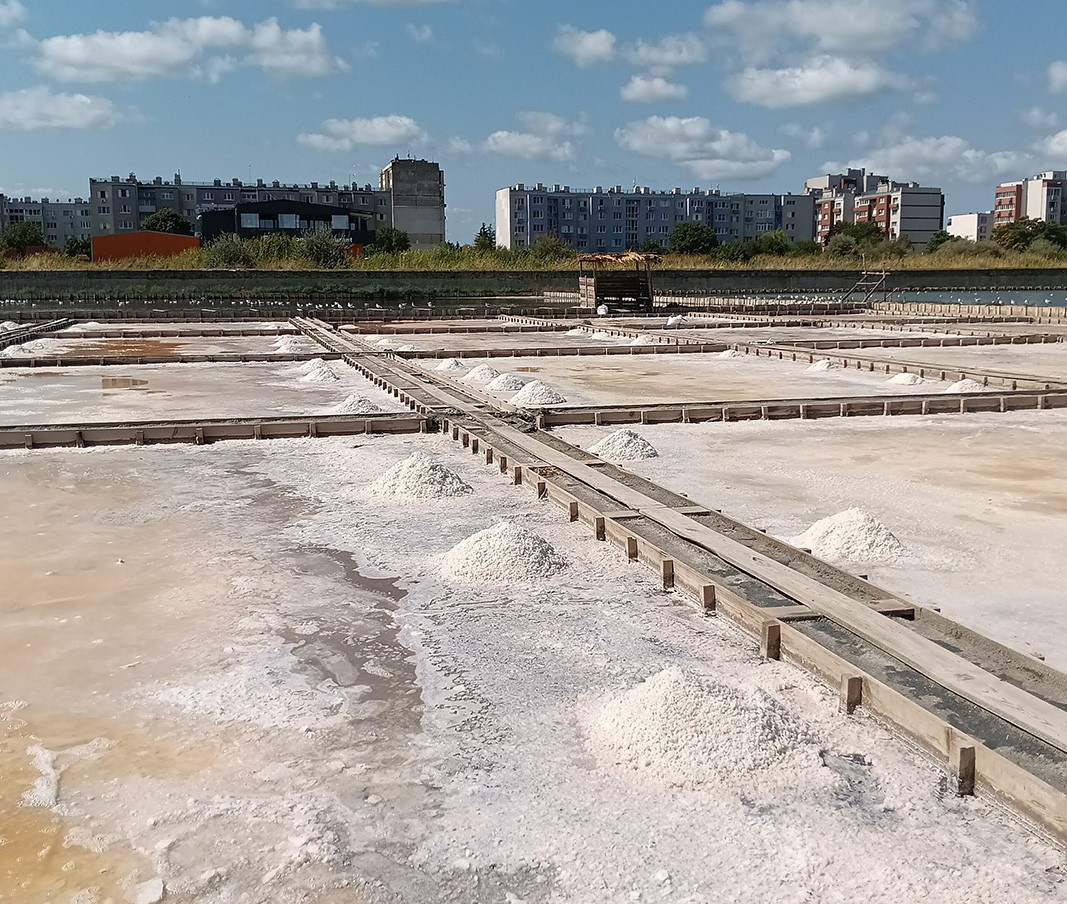
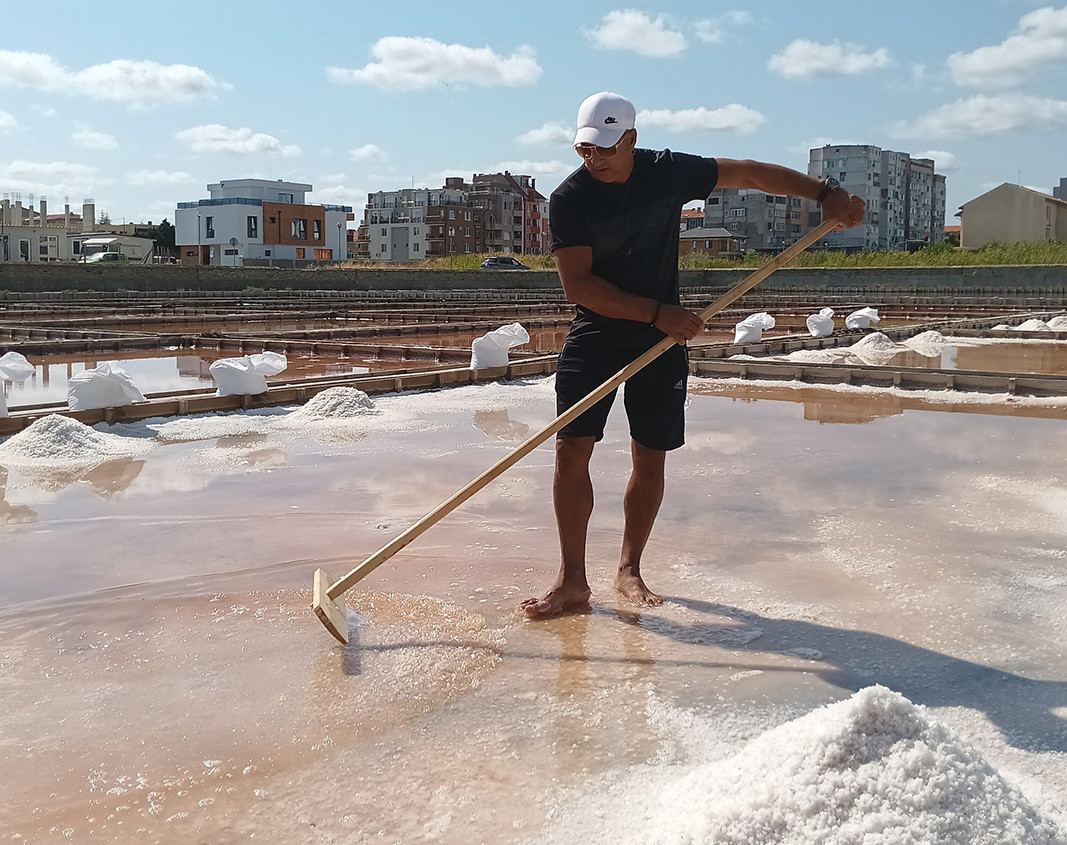
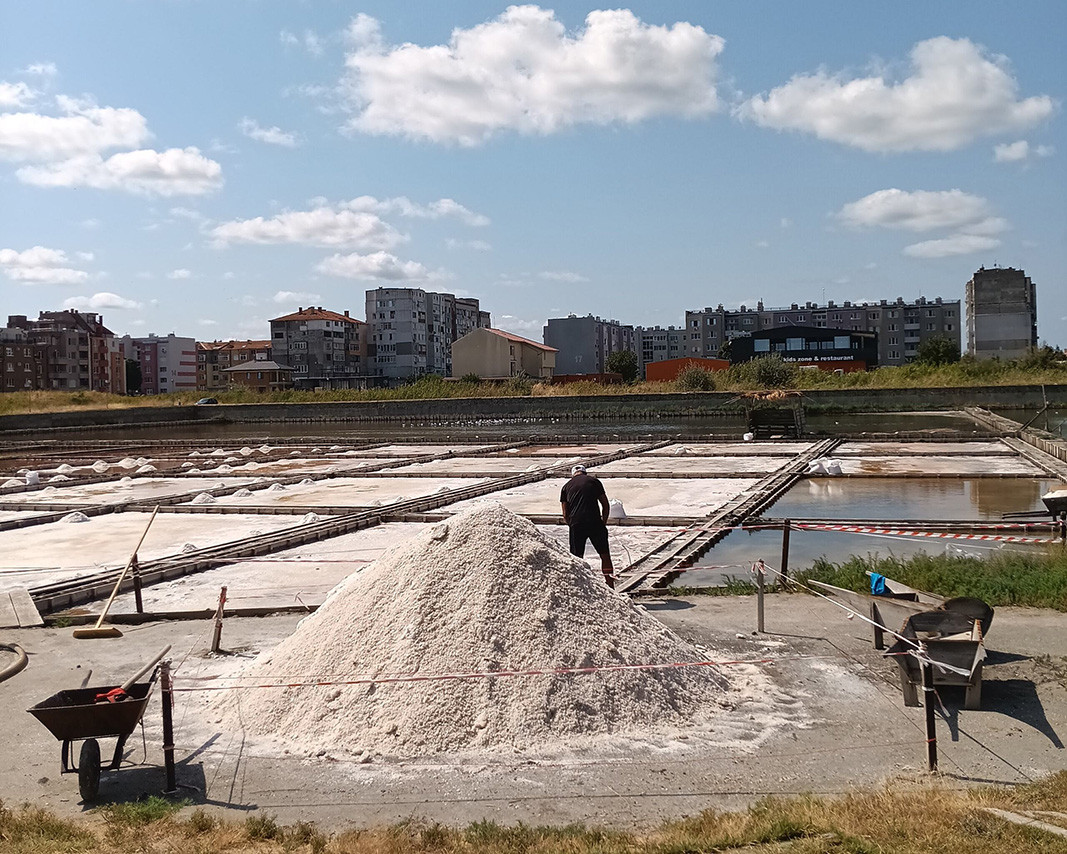
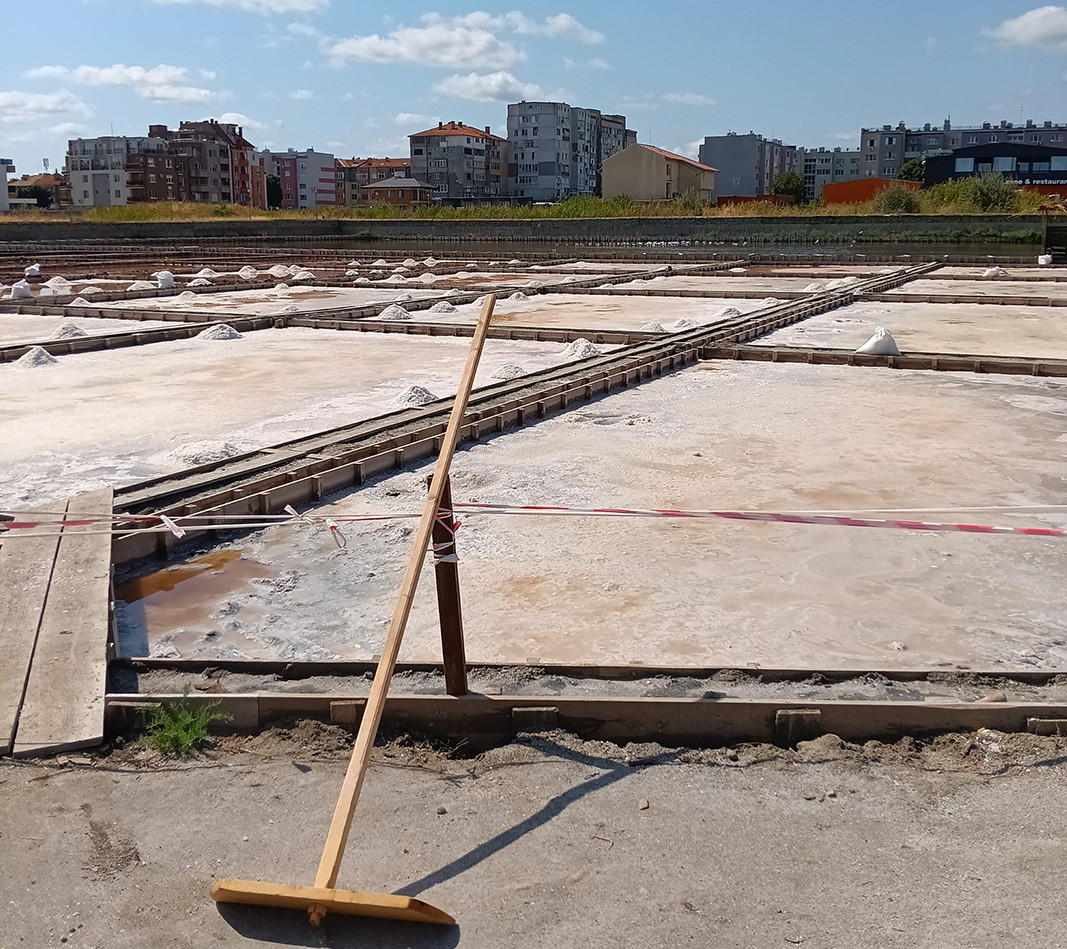
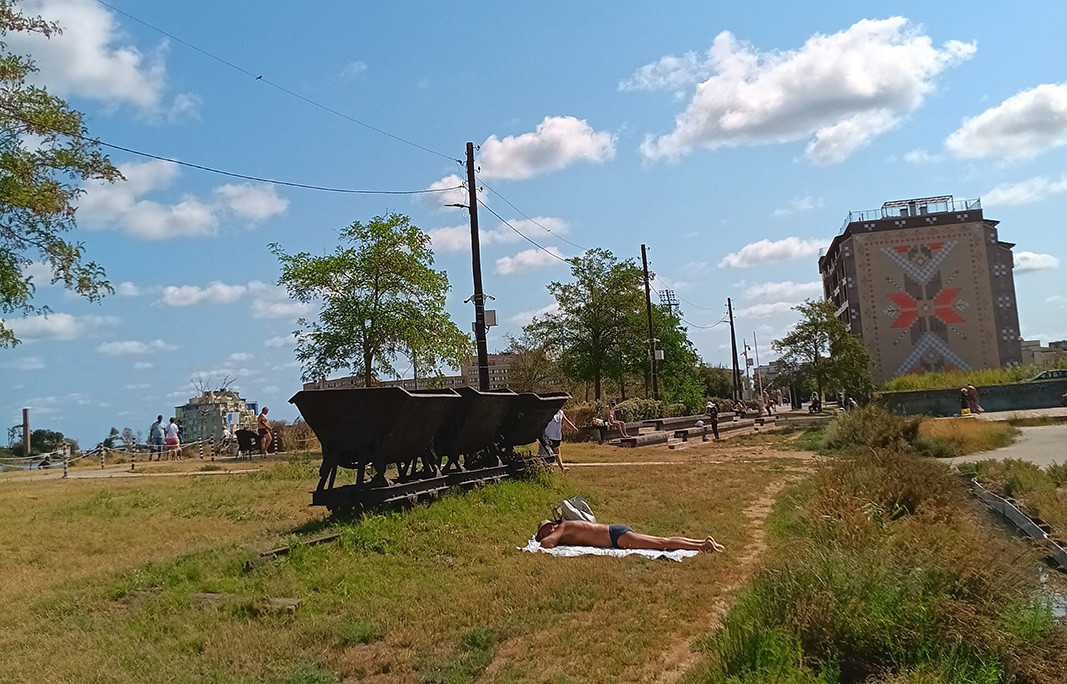
Another valuable resource of the Pomorie Lake is the healing mud, as well as the lye obtained from salt production. All this, combined with the beautiful nature, clean air and the authentic fishing spirit of the town makes Pomorie an attractive destination for people who like cultural tourism.
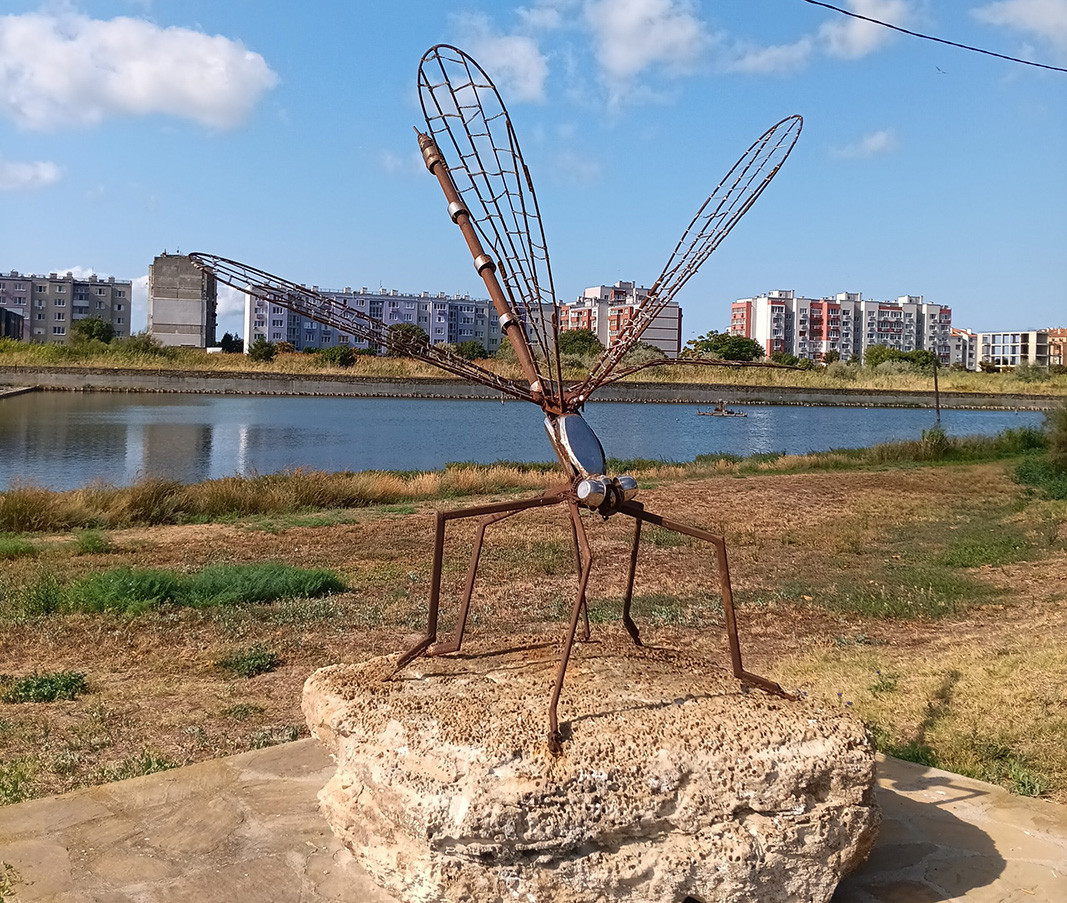
Bulgaria's town of Pernik is situated only 35 km southwest of Sofia and everyone knows it as the "town of black gold" or "the town of miners". In recent years, however, the appearance of Pernik has been changing and we increasingly associate the town..
The so-called Kraishte (a place at the end) is a region in Western Bulgaria, on the border with Serbia, known for its preserved natural beauty. Over the past decade, this region has enjoyed increasing interest among hiking enthusiasts. And yet, you can..
What can be more thrilling that starting the new year amidst the serene white beauty of a mountain resort covered in snow? Bulgaria's popular ski resort of Borovets, only an hour's drive from the Bulgarian capital Sofia, has welcomed many visitors in..

+359 2 9336 661
